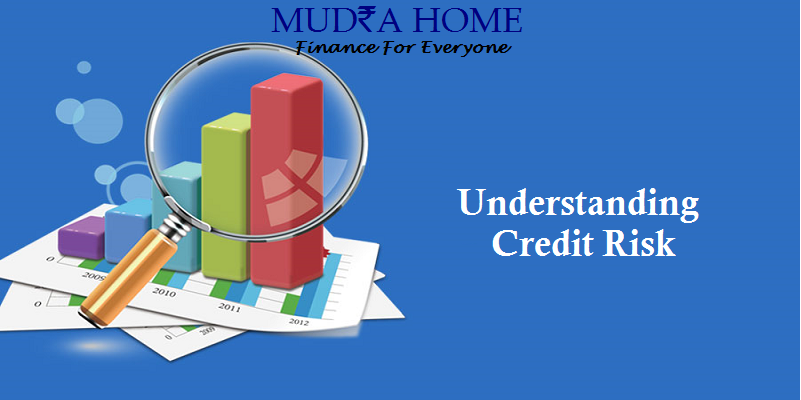
The default risk on a financial obligation which arises when a borrower fails to make the required payments is called Credit Risk. It is the possibility of a loss to repay a loan or meet the contractual obligations. A lender may not receive the owed principal and interest, which results in an interruption of cash flows thereby an increased cost for collection. Although one can’t exactly know who or when one will default, but properly assessing and managing credit risk can lessen the severity of loss.
When lenders offer mortgages, credit cards, or different types of loans, there is a risk that the borrower may default and not repay the loan. So when a company offers credit to a customer, there is always a risk that the customer may not pay their debt. Credit risk also includes the risk that a bond issuer may fail to make his due payment or even an insurance company is incapable of paying for a claim. Higher borrowing costs are always associated with higher credit risk levels in any market.
Credit risks are calculated on the basis of a borrower’s ability to repay his loan as stated in the agreement. Credit risk is accessed based on these five Cs:
Some companies have special departments responsible only for assessing the credit risks of their potential customers. Though technology has simplified the process to quickly analyse data used to assess a customer’s risk profile.
Similarly, even an investor who is interested in buying a bond, will review the credit rating of the bond by the issuer to consider the risk of default. If the rating is low (B or C), the issuer falls under the category of high risk for default. Whereas, if it the rating is high (AAA, AA, or A), it’s considered to be a safe investment.
Apply now for Instant Loan
The risk of loss which arises when the debtor is unlikely to repay the amount in full or when its 90 days past the due date then there is credit default risk. The risk impacts all the sensitive transactions which are based on credit like loans, derivatives or securities.
This is the type of credit risk is associated with any single or group with the potential to produce large losses to threaten the basic operations of a bank. It may arise in the single form of single name concentration even industry concentration.
The risk arises from a sovereign state when it freezes the payments for foreign currency overnight defaults or its obligation which is termed as sovereign risk. Country risk is exclusively associated with the performance with macroeconomics of a country and is also closely related to the political stability in the country.
Additional Reading : INCOME TAX REFUND
There are multiple ways to mitigate the credit risk which are as follows:
The credit risk is determined by overall payment ability of the borrower, here the revenue generating ability along with current assets and taxing authority of the borrower is taken into consideration.
If there is a higher level of perceived credit risk, investors usually demand a higher rate of interest for their capital.Creditors may also choose to refuse the investment or loan.
Similarly, bond issuers with less-than-perfect ratings offer higher interest rates to entice investors to assume the risk associated with their offerings.
